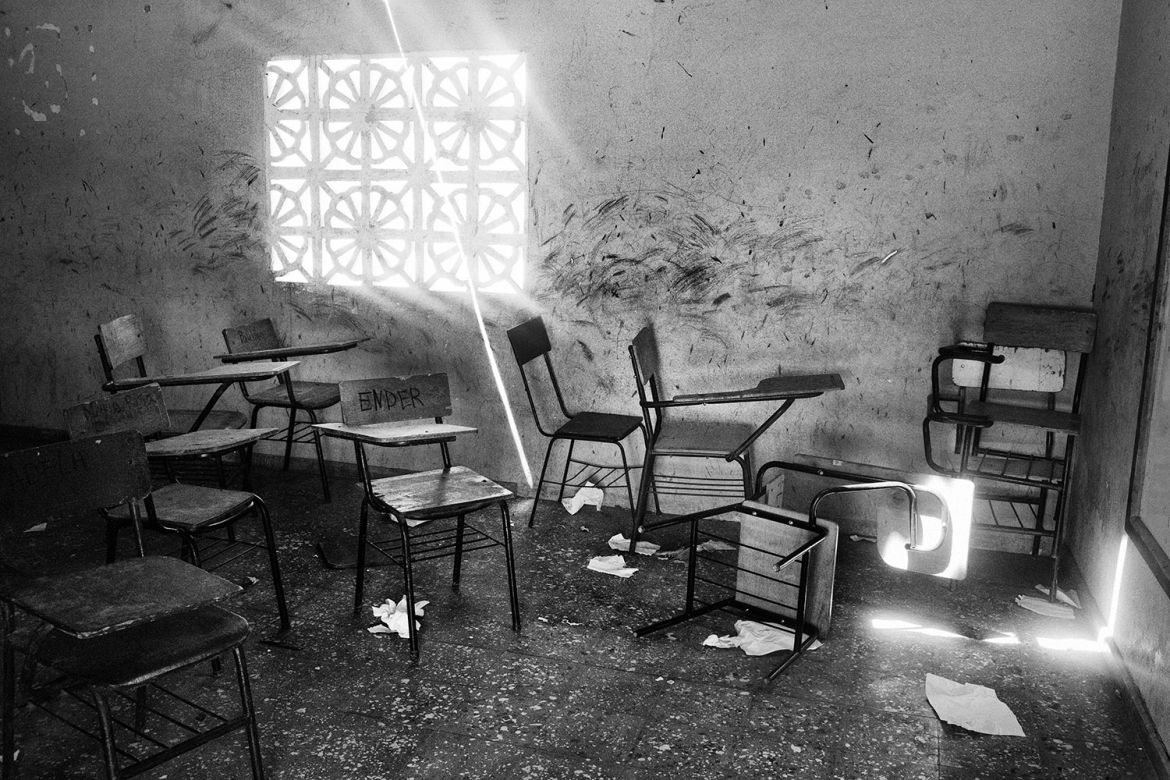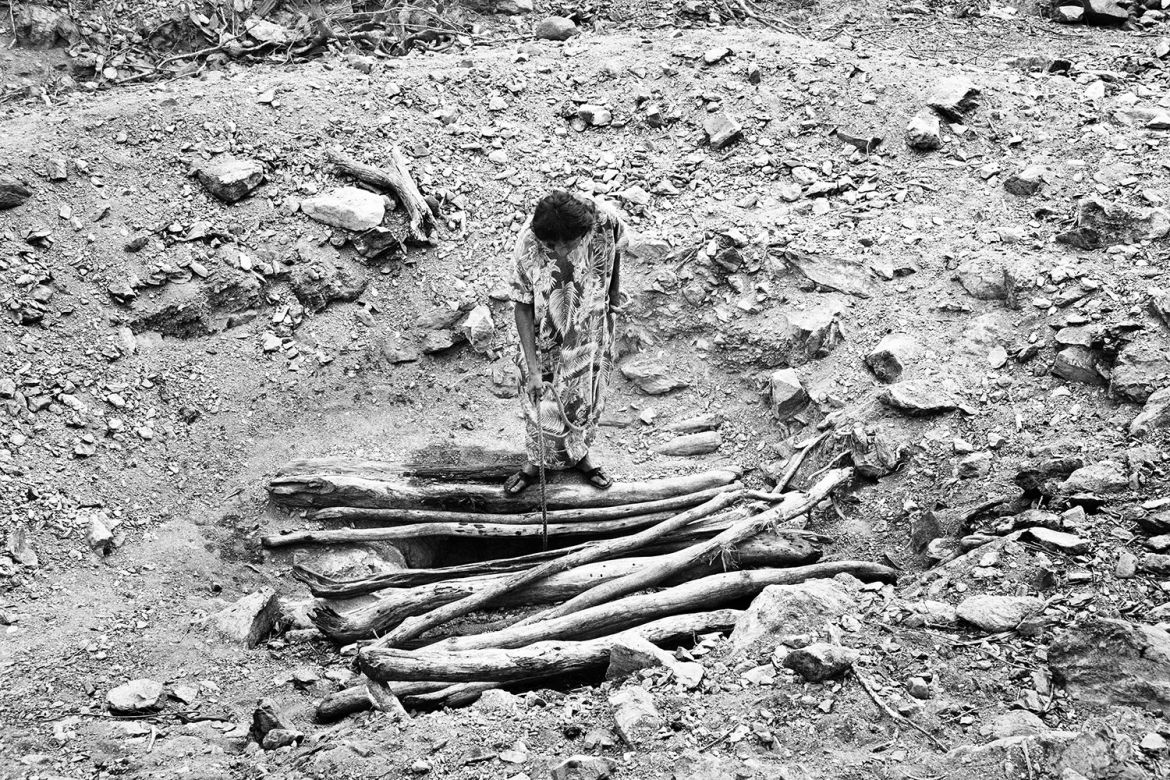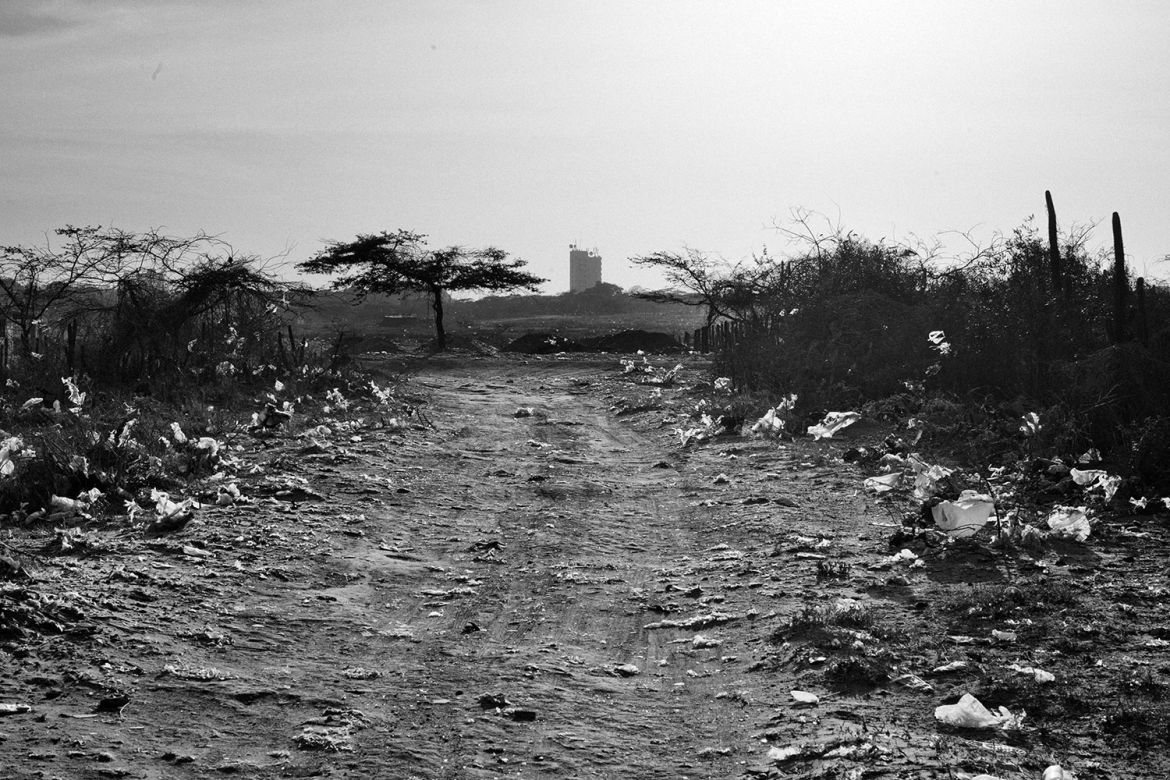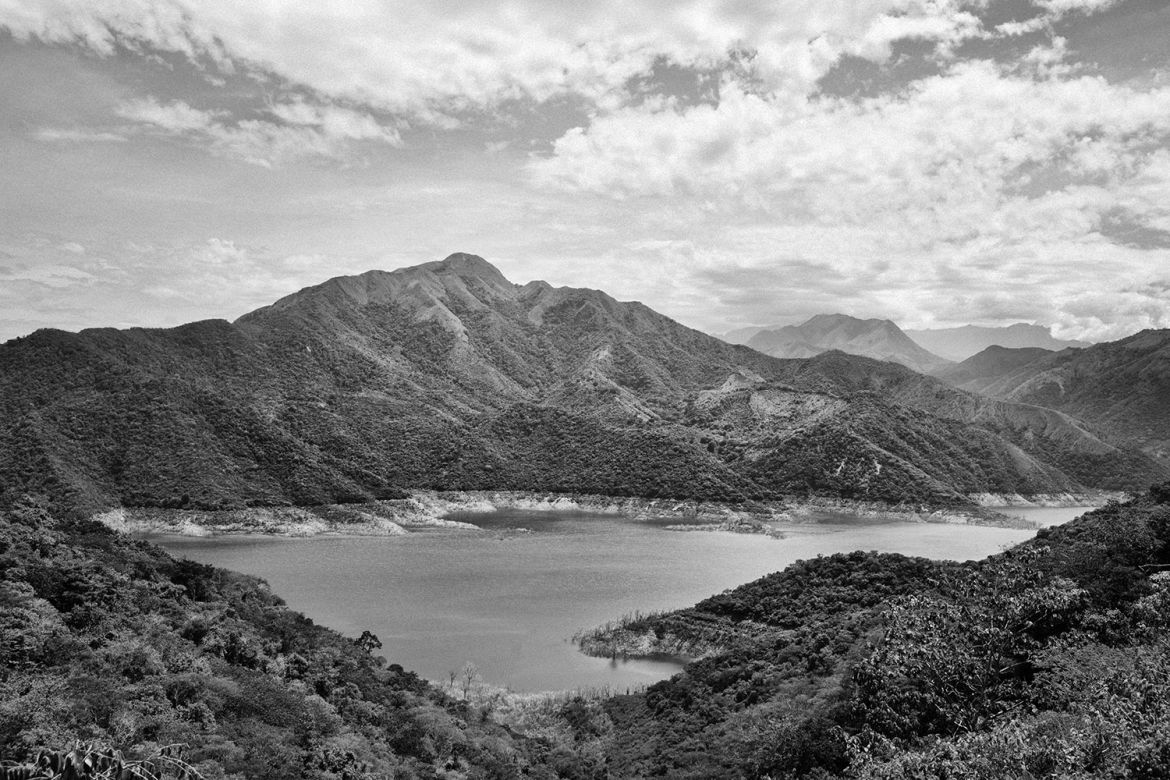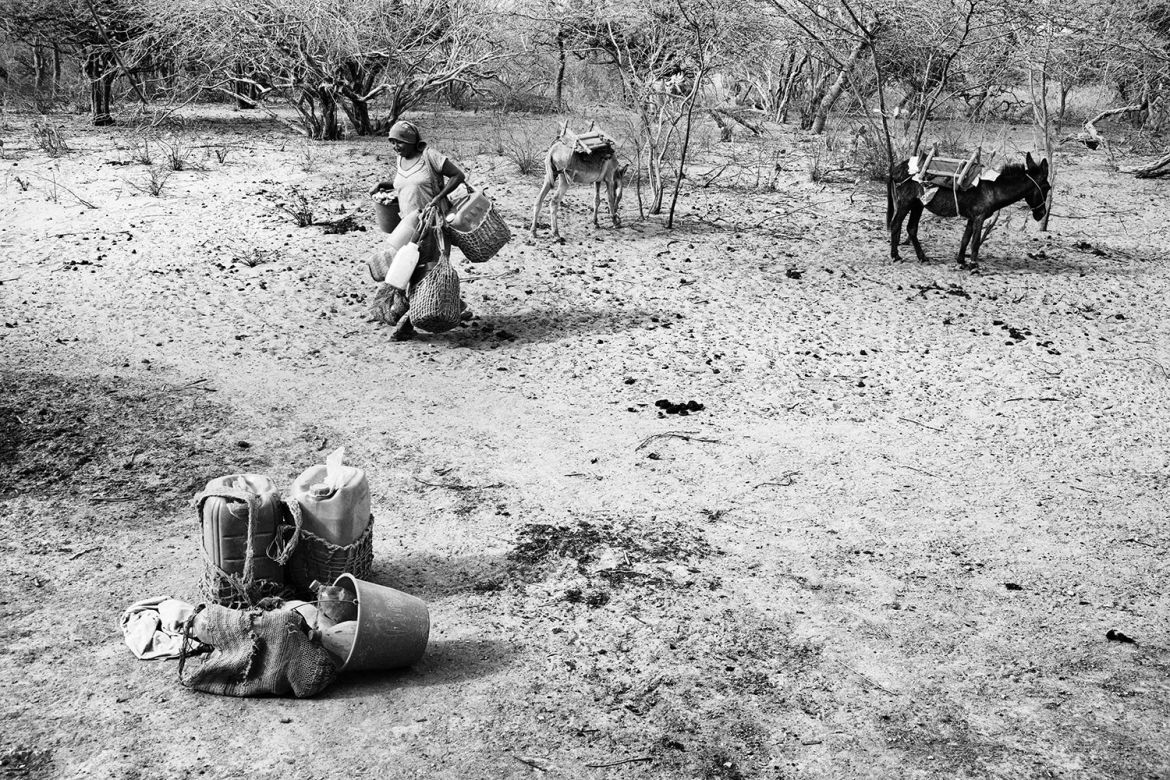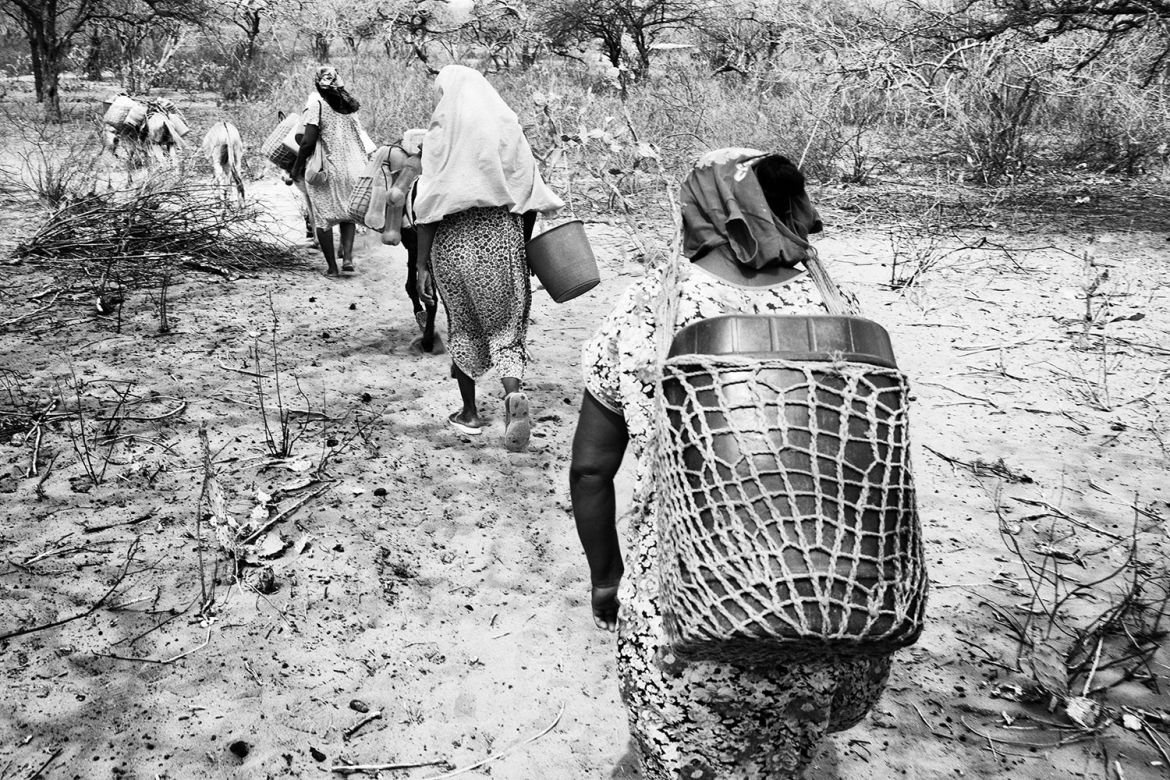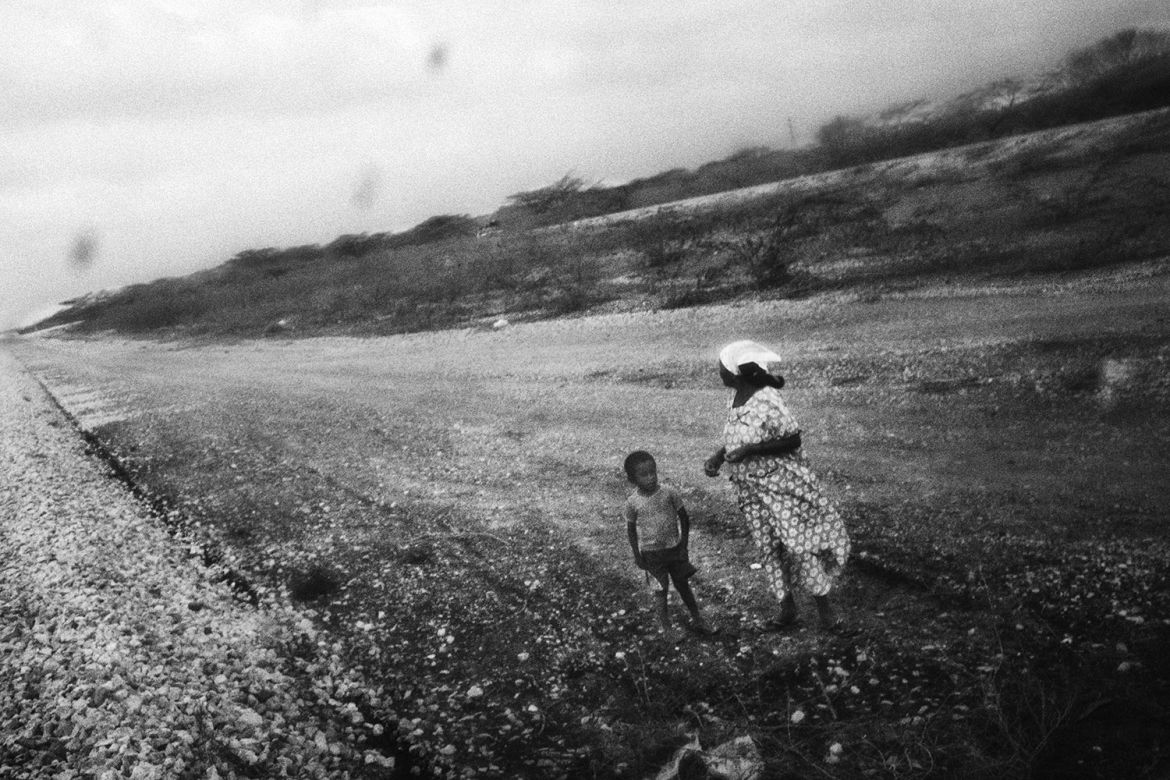In Pictures
Colombia’s abandoned Wayuu people
The country’s largest indigenous group is facing a fight to survive as high child death rates plague the community.
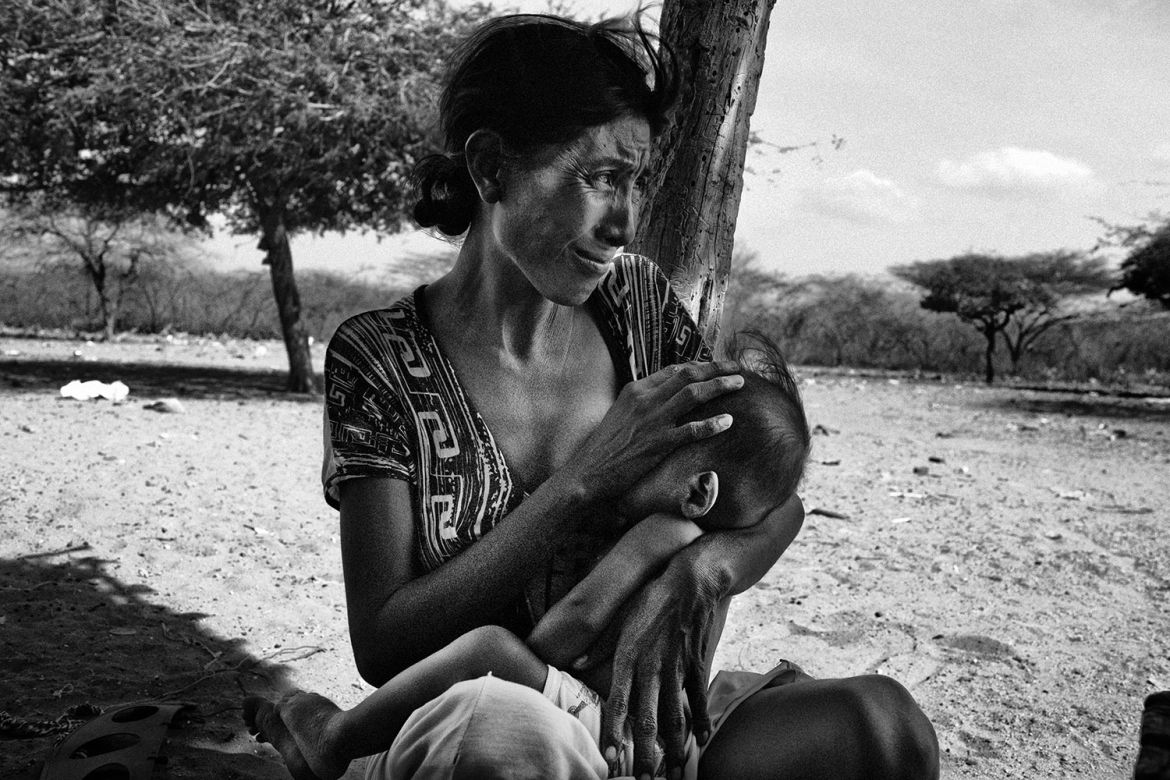
La Guajira, Colombia – The survival of the Wayuu, the largest indigenous community in Colombia, is under threat. Thousands of children have died and more lives are in danger as a result of the exploitation of land and misallocated water resources.
In 2011, the Cercado Dam was built by the government with the intention of providing water to nine municipalities. But, the dam drained the Rancheria River, the Wayuu people’s only nearby source of water. Now, the Wayuu must walk for more than three hours to wells that are often polluted with bacteria and salt, causing severe diarrhoea.
Around 400,000 Wayuu live in La Guajira, a peninsula in northern Colombia. It is a remote and impoverished part of the country.
They live below the poverty line and struggle daily to survive in their harsh surroundings. It is an environment that is being made ever more brutal by years of drought that has stymied agricultural.
In 2015, Colombian media published a report by the Defensoria del Pueblo, a Colombian human rights organisation, denouncing the avoidable deaths of so many Wayuu children.
According to Shipia Wayuu, a Wayuu organisation, 4,700 Wayuu children have died in the past five years.
A glimmer of hope came in December, when the Inter-American Court of Human Rights publicly stated that the Colombian government must take measures to protect the human rights of the native Wayuu community and to stop the avoidable deaths of its members.




